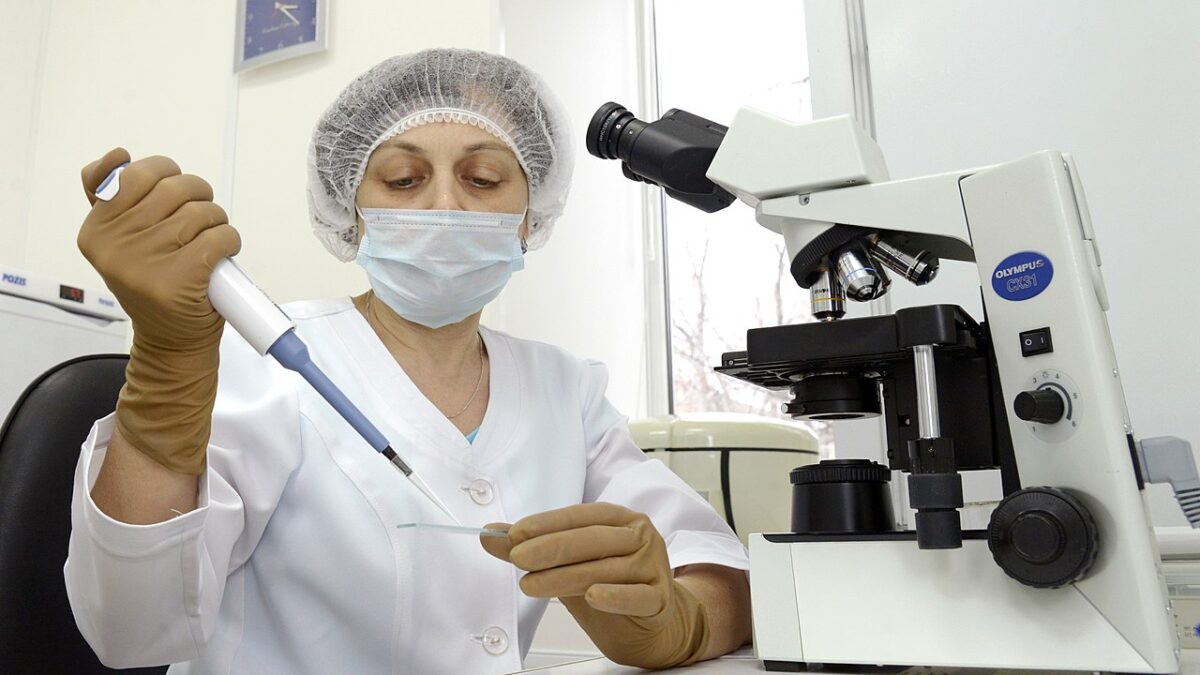As the bombardment of Ukraine’s two largest cities intensifies, there’s another aspect of the struggle between Russia and Ukraine that is getting less notice from military analysts fixated on troop numbers and equipment — the moral aspect of war and its interplay with information warfare.
Based on the relatively small force Russian President Vladimir Putin sent charging at Kyiv, he appeared to expect Ukraine President Volodymyr Zelenskyy to flee and his government to collapse. When Zelenskyy refused President Joe Biden’s offer of evacuation, saying, “I need ammunition, not a ride,” he galvanized the Ukrainian will to resist and inspired much of the world to stand firm against Putin’s war.
These moral factors are impossible to calculate in a conflict, especially at the onset, but they can tip the scales towards victory or defeat as much as bombs and tanks.
On Tuesday morning, Fox News featured a remarkable interview with Taras Tymo, a Ukrainian Catholic University professor. Tymo mentioned that his eldest of five children, a son, had just left home to join the war effort. Tymo then spoke about “civil society.” He said that Putin had destroyed civil society in Russia, like dictators and one-party states like China usually do, as they cannot allow any organization outside of the state.
In America, we too often take civil society for granted. In his “Democracy in America,” Alexis de Tocqueville observed that Americans constantly unite, “…To hold fetes, found seminaries, build inns, construct churches, distribute books, dispatch missionaries to the antipodes. They establish hospitals, prisons, schools by the same method. Finally, if they wish to highlight a truth or develop an opinion by the encouragement of a great example, they form an association.”
Today we see that sort of quintessential American civil society in the ongoing example of Louisiana’s Cajan Navy and its spontaneous response to hurricanes on the Gulf Coast.
As Tymo was talking, the feed switched to scenes of ordinary Ukrainian civilians, mostly women, organizing food and clothing shipments for the war effort. It was organic and heartfelt. Ukrainian civil society was rallying to the nation. Tymo, confident in victory, remarked that not only has Putin destroyed civil society but he has no idea of what it is and what it is capable of.
That Fox News, like most other Western media outlets, can report live on the war a week after the Russia invasion is one reason the world has turned against Putin. Another is the constant stream of videos emerging from Ukraine — some likely staged, most probably not. Ukraine is winning the information war and the Russians are belatedly trying to shut it down. They likely won’t be able to though, as modern communications are increasingly distributed and resilient (see Elon Musk’s donation of Starlink terminals).
Thus, as Putin’s generals have committed some six to eight divisions of troops and support forces totaling approximately 100,000 men, mostly conscripts, with another 100,000 in reserve, Ukraine is mobilizing. With some 7 million people ages 16 to 49 fit for military service, there’s another 4 million available for service in that age range. Many of these will be the defenders of Kyiv.
In this respect, Ukraine is mirroring the historical example of revolutionary France. In the late 1700s through the Napoleonic era, in response to existential threats from the monarchies of Europe, France became a “nation in arms.” While its European enemies were mobilizing small, professional armies, France was able to conscript millions into its military effort. Even after devastating losses, France was able to regenerate its military manpower. Many everyday Frenchmen believed they had a stake in the revolution’s success, even long after Napoleon declared himself emperor.
Similarly, while Putin can commit 200,000 relatively well-equipped soldiers, now that the war has slowed and the nations of the European Union, America, and others are offering increasing amounts of armament and financial aid, Ukraine can overmatch that many times over.
As the Germans approached the gates of Moscow in 1941, the Soviet Union mobilized millions of workers and Communist Party cadres to build trenches around the city and to man militia divisions. These units were not as well-trained or as well-equipped as regular Red Army units, but they had a tremendous will to fight the invader (fortified, as the situation required, by NKVD barrage battalion units that arrested or shot soldiers retreating without orders).
Thus, as the Russians work to encircle Kyiv, that city of almost 3 million people should be able to generate a local defense militia of about 600,000 people. On Tuesday, President Zelenskyy appointed Major General Mykola Zhyrnov to lead the defense of Kyiv, with the city’s elected mayor, former heavyweight boxing champion Vitaly Klitschko, maintaining responsibility for civil aspects of defense.
If the Russians are to effectively encircle the city, they will need to create a double ring line, with troops facing inward to besiege the city, and facing outward to guard against likely avenues from which a Ukrainian counterattack to relieve the city may develop. To do that, Russia may have to finish its fight in the east against Sumy and Kharkiv. After which, they may bring those forces west to join the effort at Kyiv — that or insert another 30,000 troops down from the Chernobyl salient on the border with Belarus through the highly-congested main supply route. That’s a two-lane country road that emerges from the Pripyat Marsh some 60 miles north of the city — a route vulnerable to interdiction.
The contest in Ukraine threatens to enter a far more deadly phase as Russia seeks to break the will of the defenders using massed fires, while Ukraine continues to mobilize its people into a cohesive defense.









